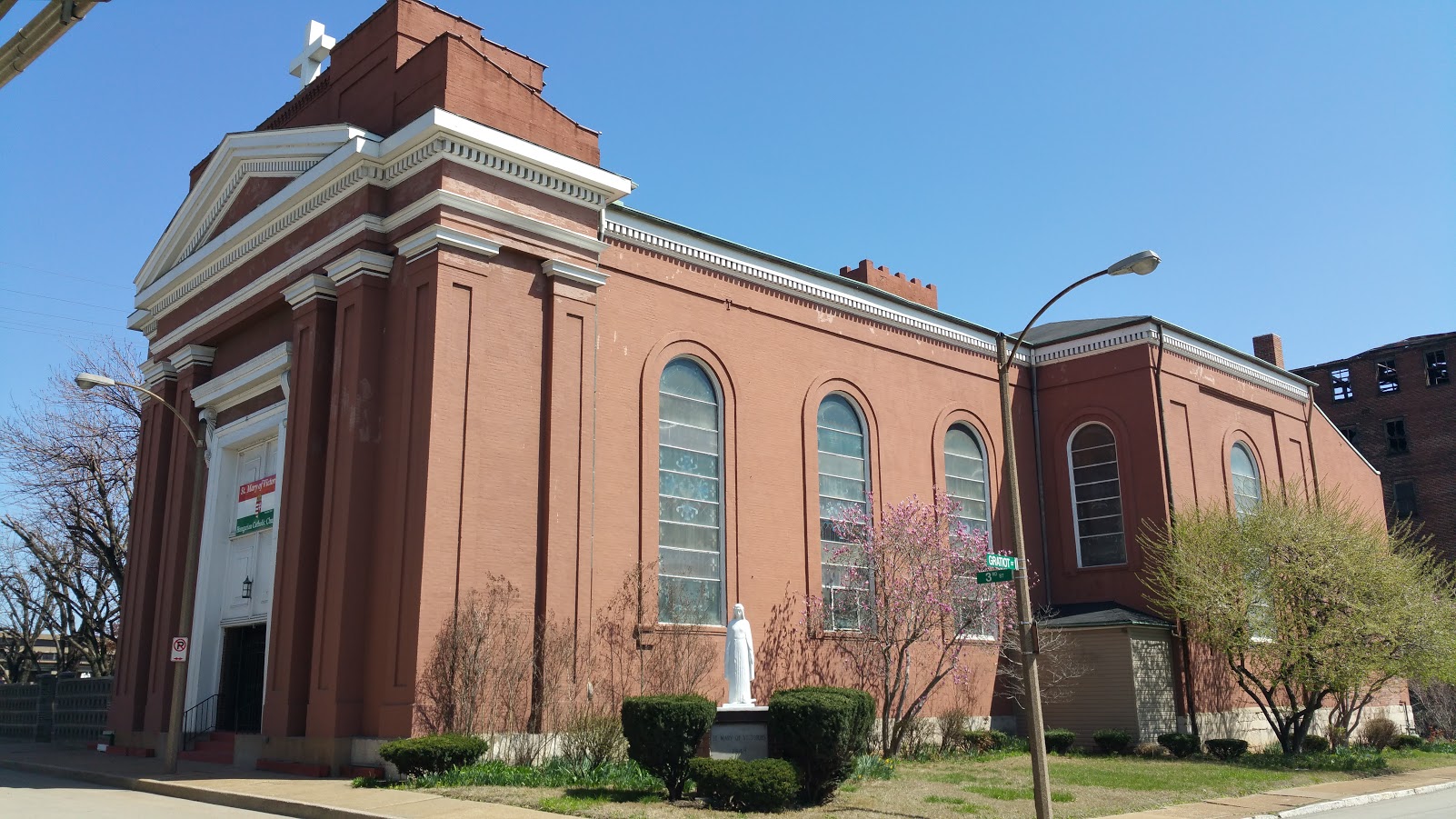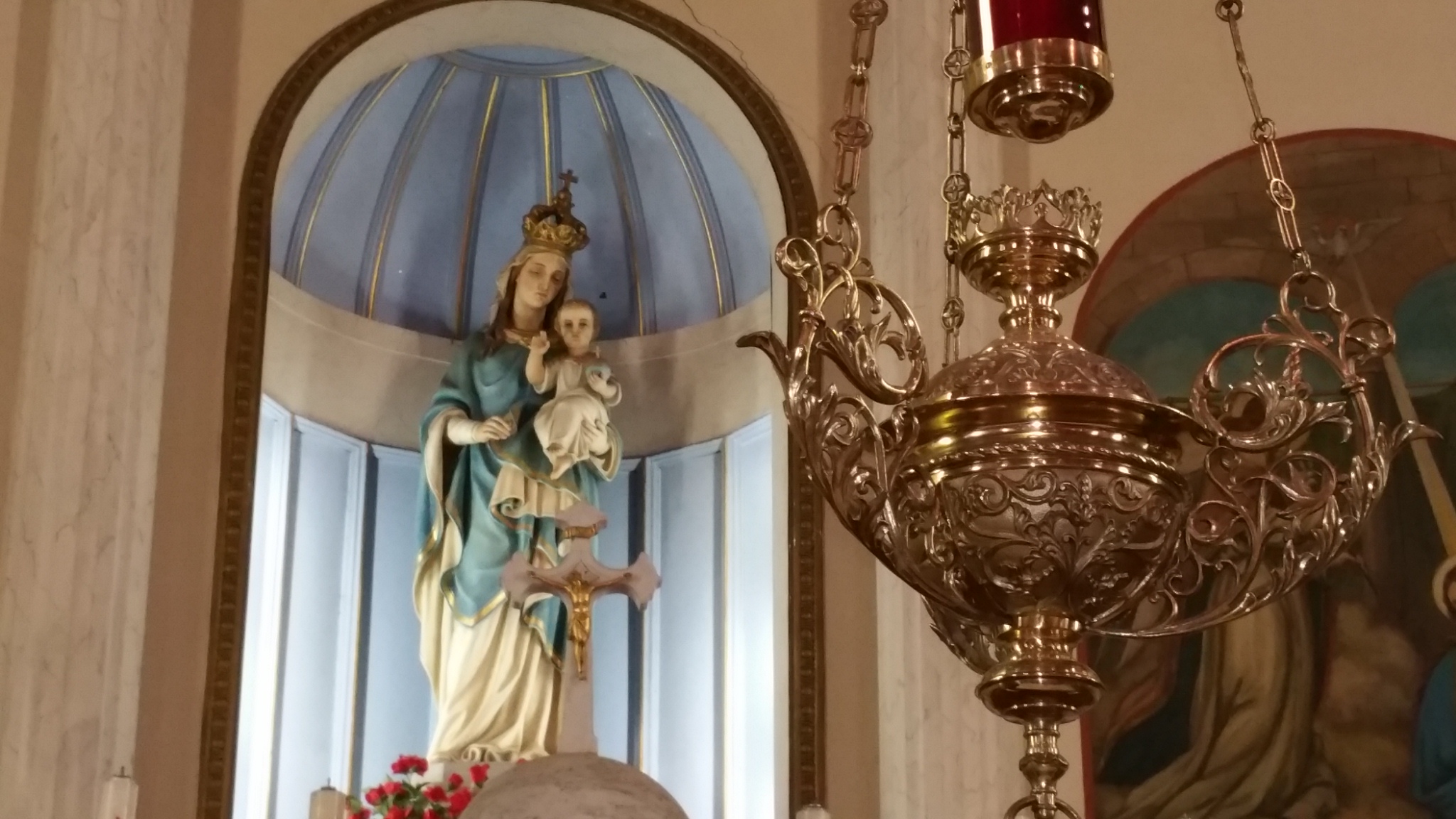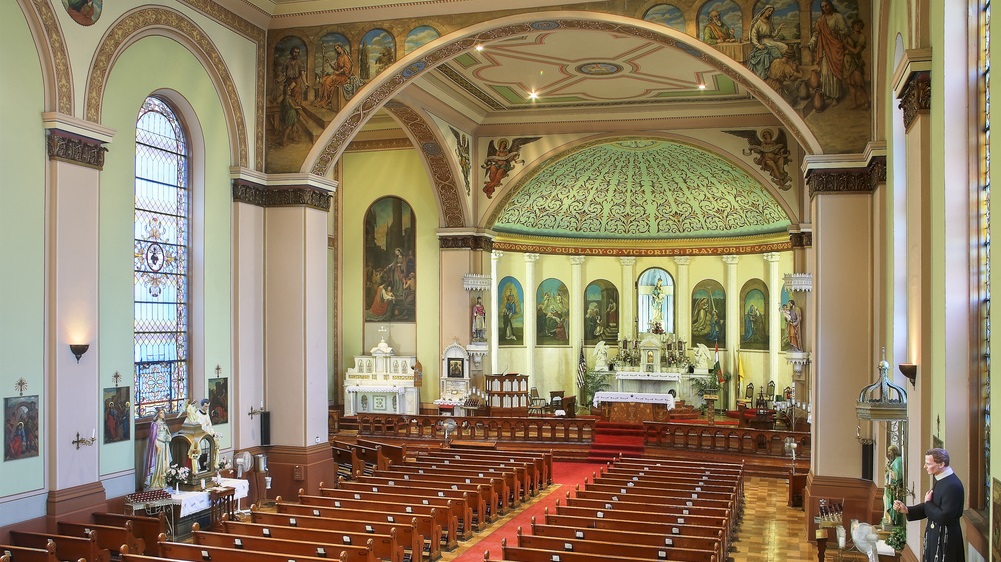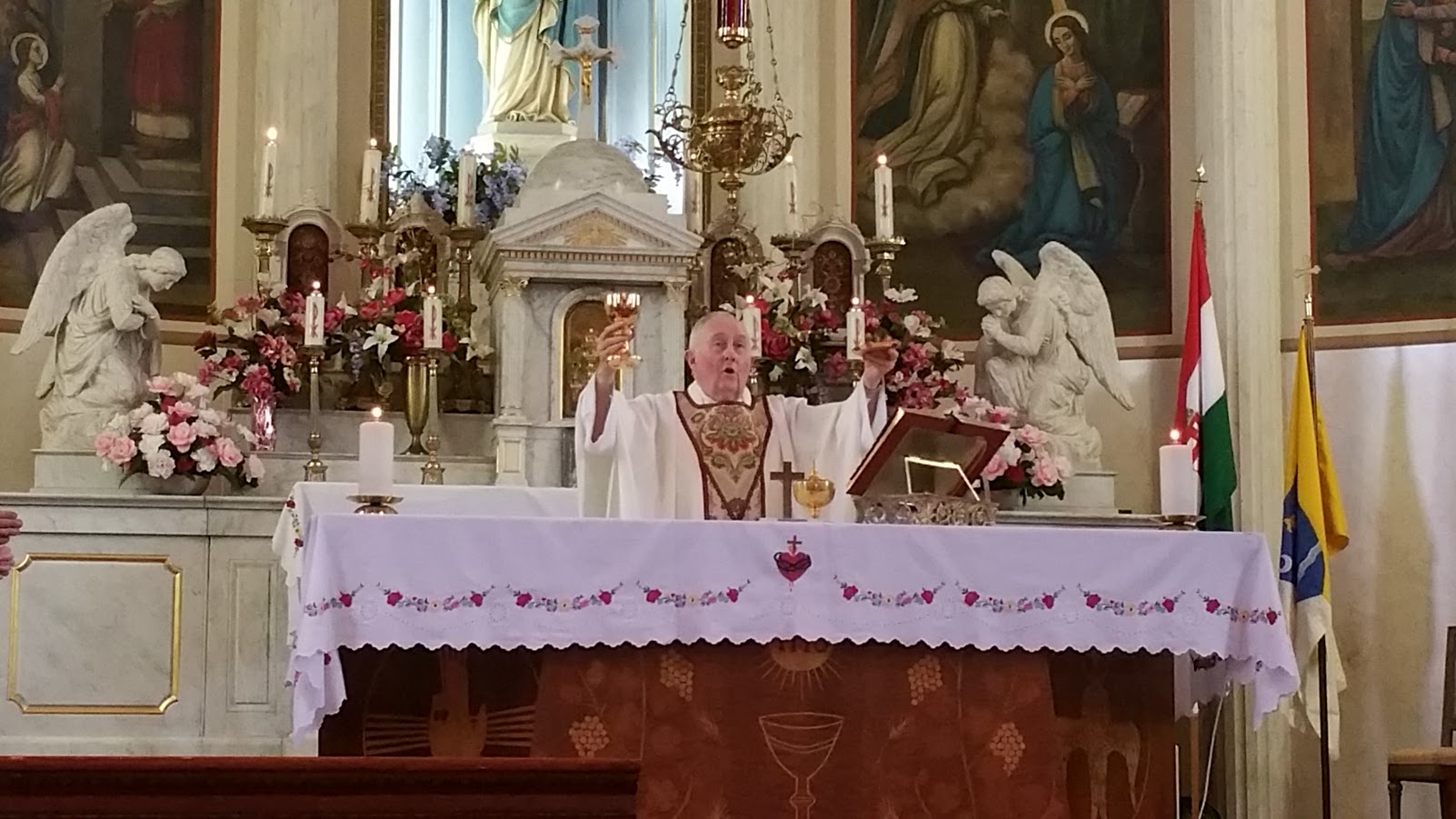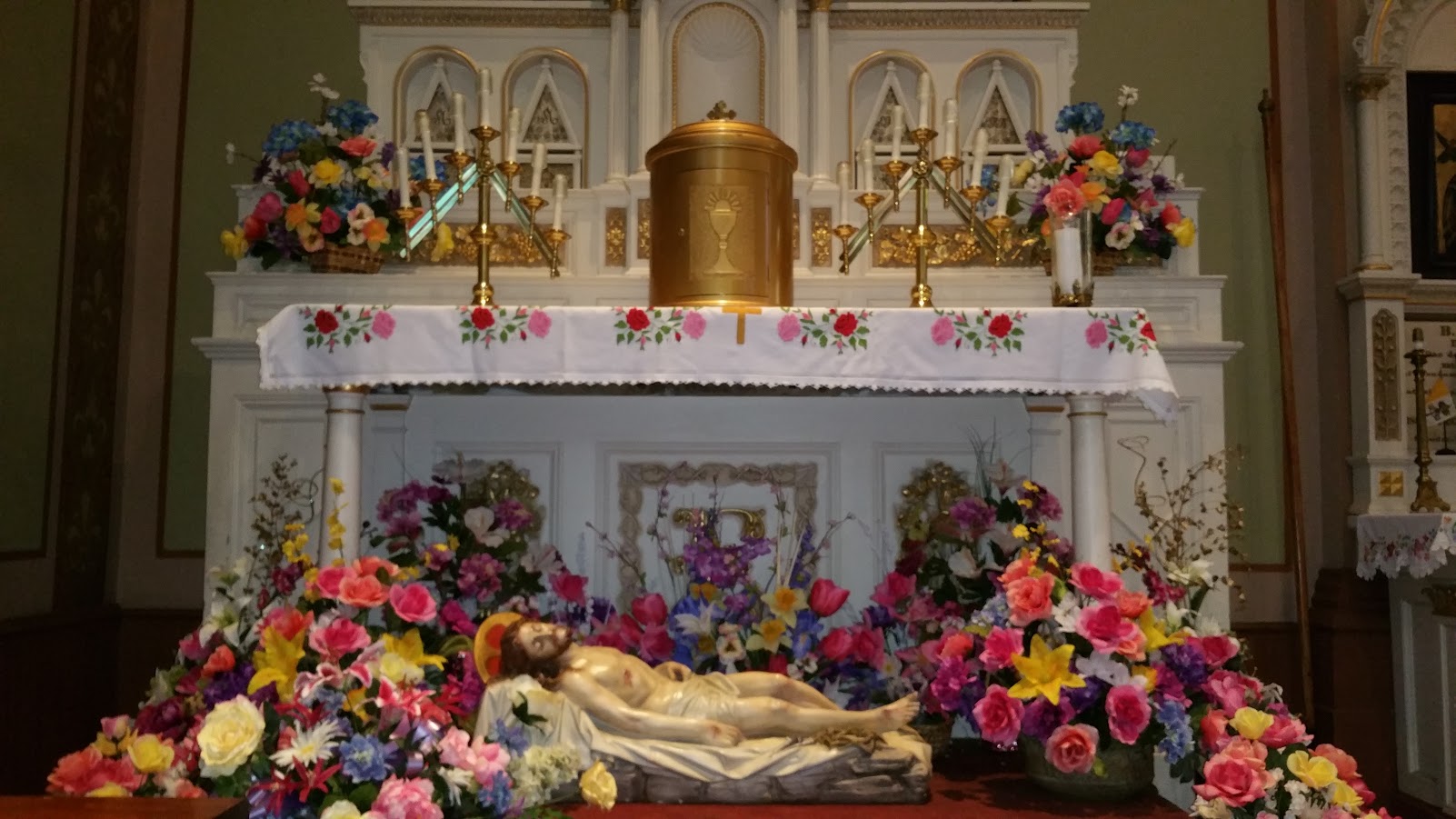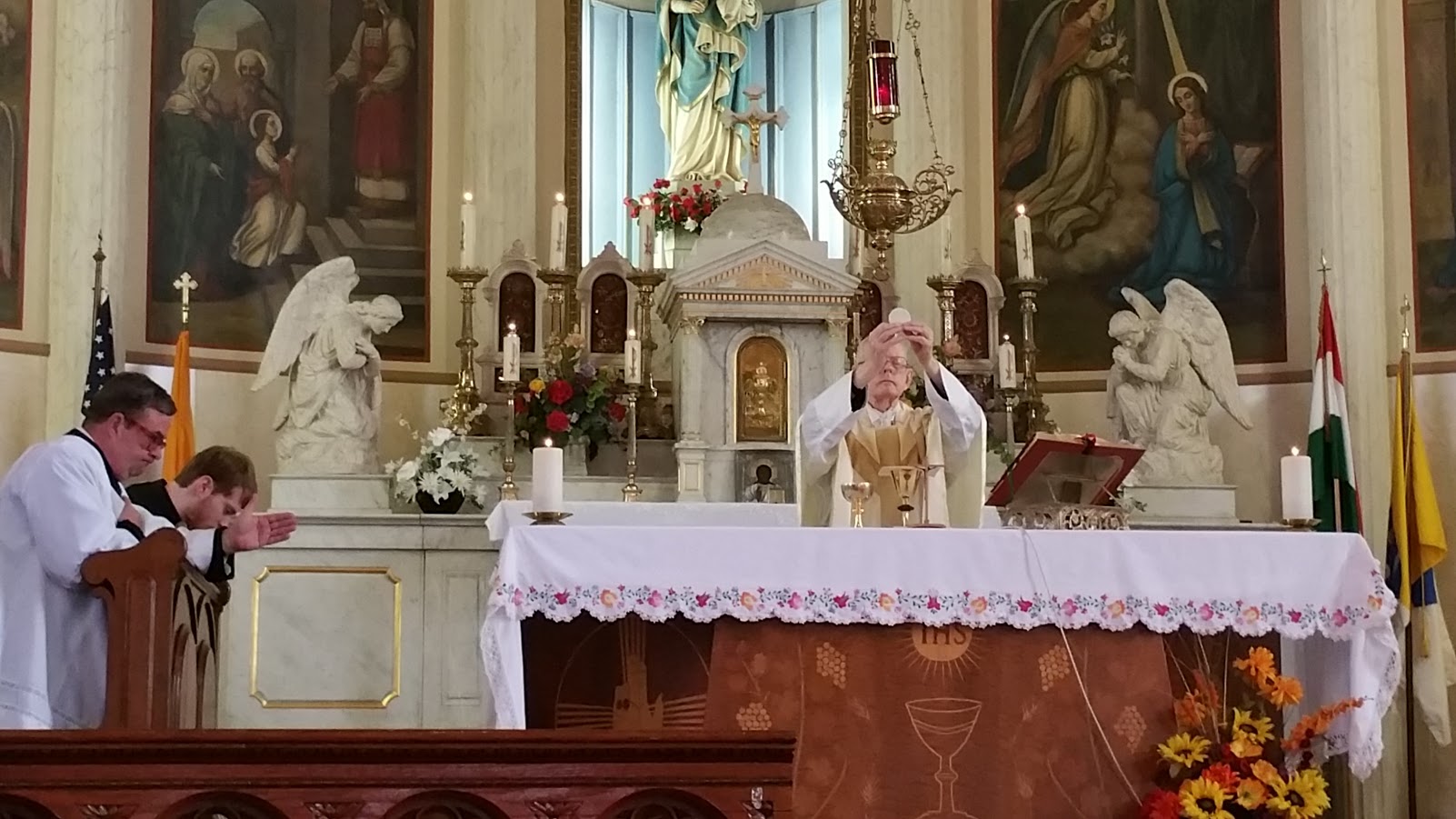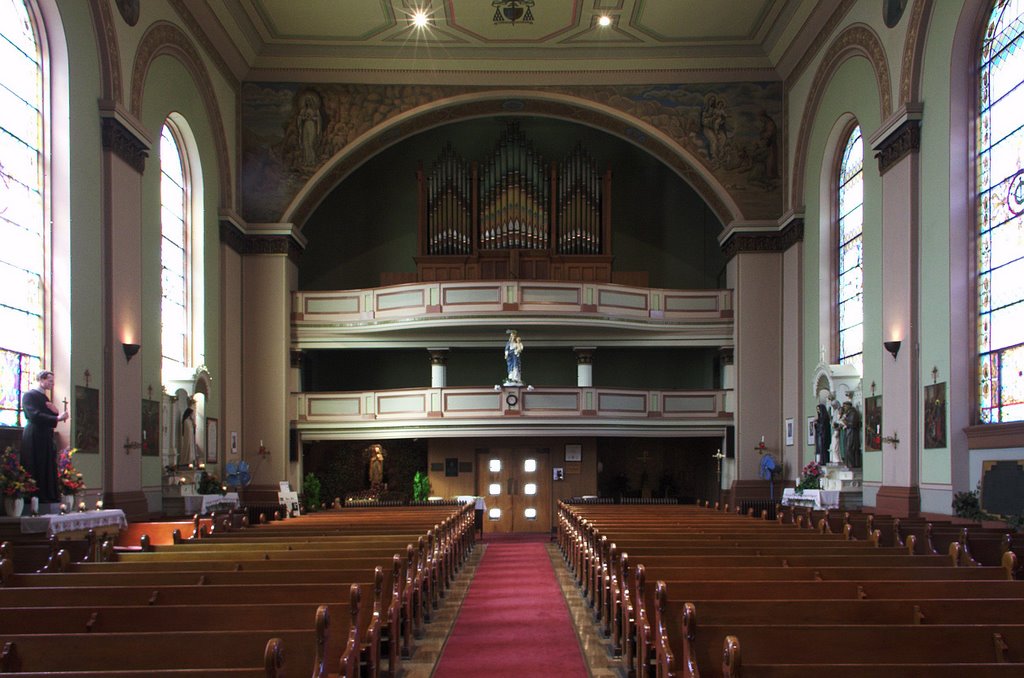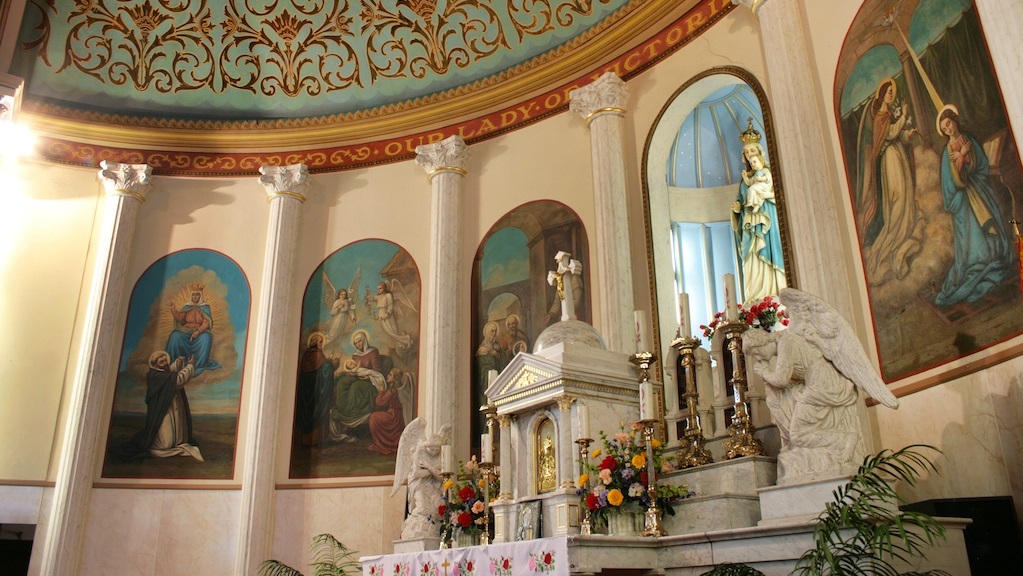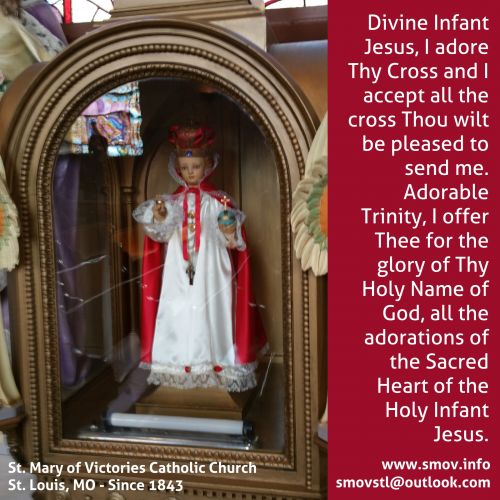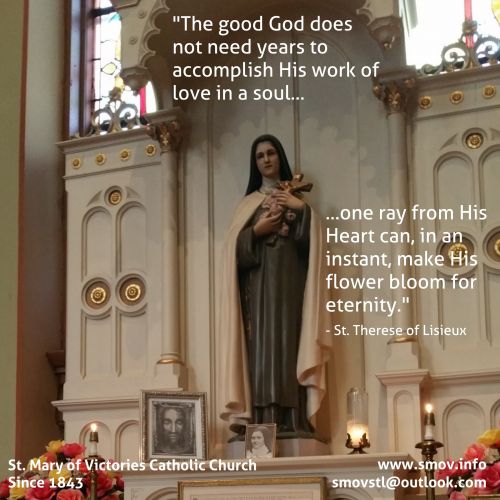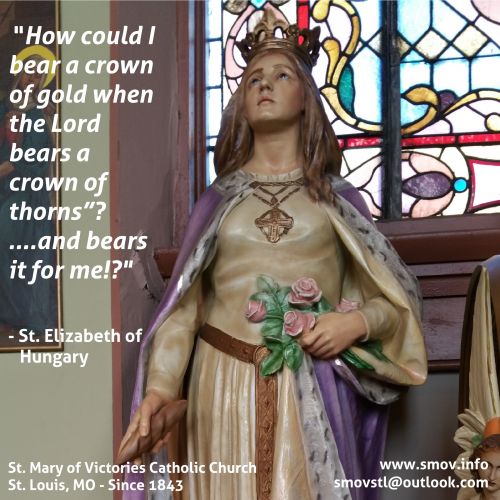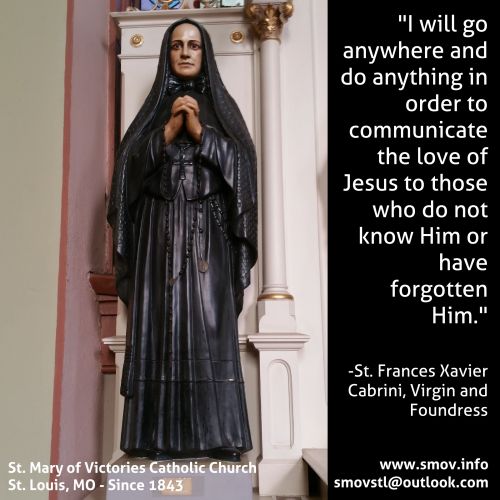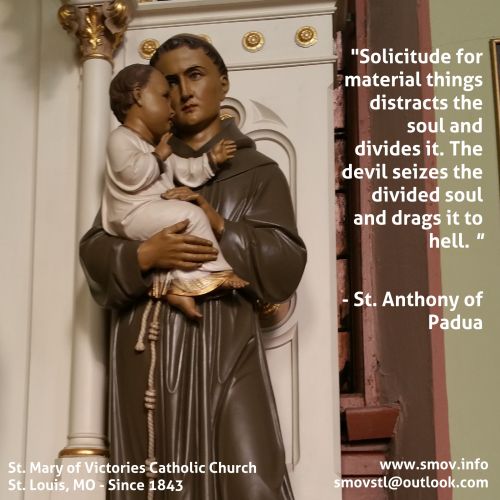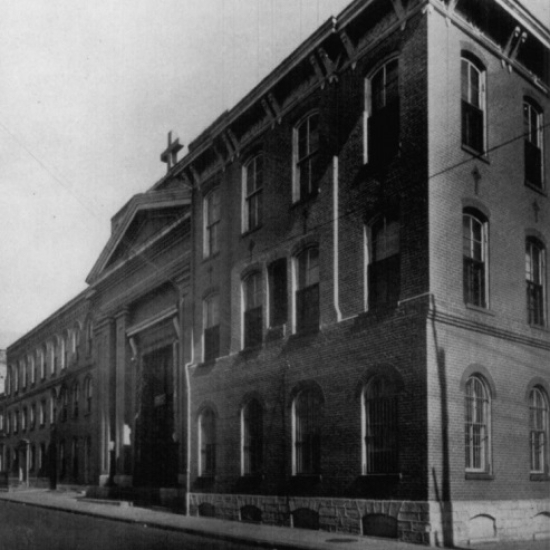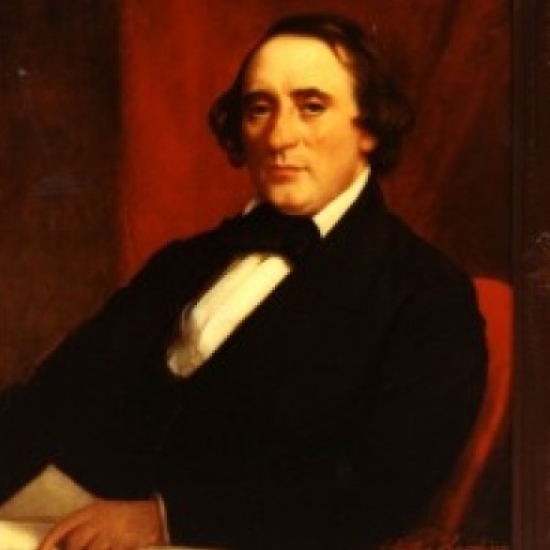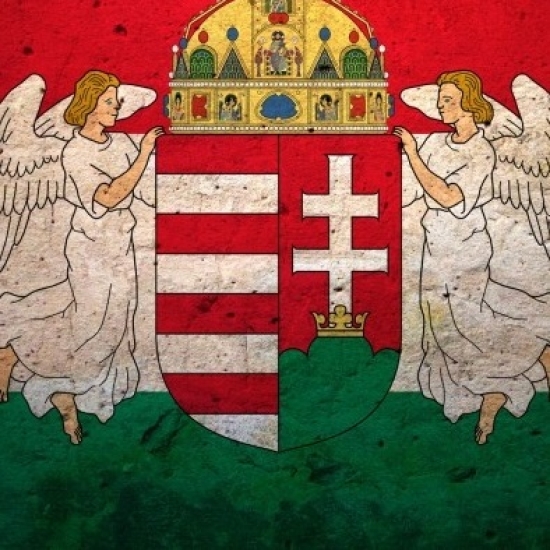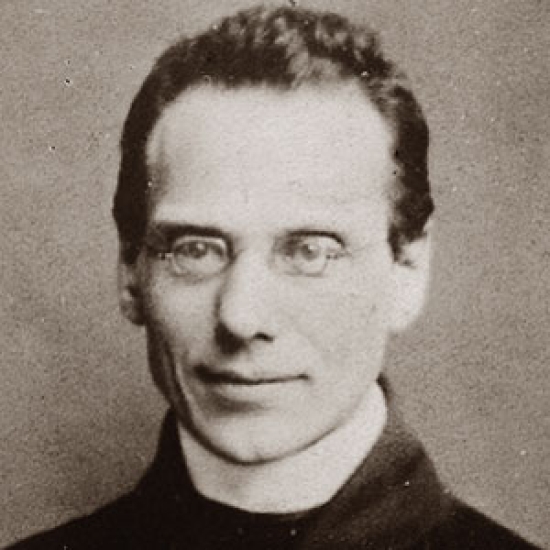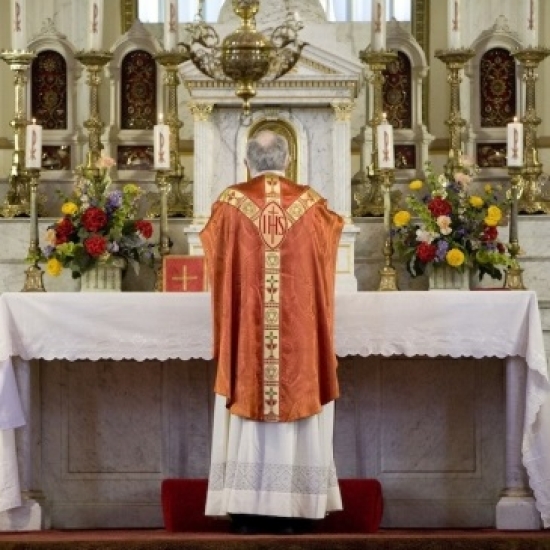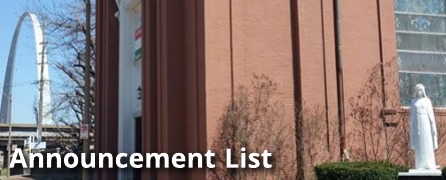SMV was dedicated on this date in 1844.
For the early history of St. Mary of Victories, see: https://www.smov.info/index.php?option=com_content&view=article&id=346&Itemid=686
Introit: Terribilis est
Offertory Hymn: Maiden Yet a Mother
Communion: Domus mea
Recessional: Christ is made the sure foundation
Ordinary from Mass XI, Credo III
In the earliest manuscripts the chants of this formulary for the dedication of a church are found before the feast of the Ascension, because at Rome the dedication of the Pantheon as a Christian Church under the title of Sancta Maria ad Martyres, in the year 607, three years after the death of St. Gregory the Great, was celebrated on May 13, the same day on which St. Mary of Victories was consecrated in 1865. (Now you know why that date was chosen.) The Mass formulary was considered the crown of the church's dedication, and in singing it each year we renew our own dedication of our selves to being the living stones of Christ’s body, the Church.
The Introit antiphon has three short phrases:
-
Terribilis est locus iste:
-
hic domus Dei est, et porta caeli
-
et vocabitur aula Dei.
The first word of the Introit today again sets the tone of the day: deep reverence grips man when God approaches. The Patriarch Jacob was overcome with awe when in a dream he saw the ladder reaching up to heaven. The same feeling fills the faithful soul when it enters the church, for this is the house of God. The overwhelming gratitude that God would deign to visit this place—this was the underlying spirit of the prayers at the consecration of the church. With a ring of conviction we sing, 'This is the house of God.' And in the tremendum Mysterium of the Mass, Christ appears among us in His divinity and His transfigured humanity. Then the church becomes the gate through which heaven, yea, the Lord of heaven comes to us; it becomes the courtyard of heaven, bringing to us an anticipation and taste of the joys that await us there; it consecrates and sanctifies our souls so that one day they may inhabit the heavenly mansions. Precisely for this reason the holy reverence which overshadows the soul is not something oppressive of which we would wish to rid ourselves, but a reverence blended with an inner happiness. Exceeding lovely is the tabernacle of God among men; for the souls of men yearn and languish.
The first phrase sets in as if bowing profoundly before the holiness of the place, and has the effect of an A minor. The second phrase begins and closes with C major and has a much brighter ring. Its close fg ff cdc bears some rhythmic similarity to iste in the first phrase with its faff ed. At the same time there is a tendency toward a cadence, which in other melodies of the second mode, for example, in the Introit for the first Mass of Christmas over meus es tu, is made to stand out in sharper relief by means of e, which has the quality of a leading note. With its ecac cdf the third phrase reminds us of terribilis est of the first phrase, while at the same time it has a pressus in common with the second phrase. Thus the words domus Dei and aula Dei are given prominence. Although the text can readily lend itself to strong, almost violent accents, gentler modulations allow the twofold tristropha to graphically describe our trembling and awe for the mysteries we encounter in the Catholic house of prayer.
The Communion antiphon has two phrases. (The second is long, so find a spot to steal a breath.)
-
Domus mea, domus orationis vocabitur, dicit Dominus
-
in ea omnis qui petit, accipit: et qui quaerit, invenit; et pulsanti, aperietur.
This house is a house of prayer. The first two members of this Communion would, as it were, write these words in large letters over the entrance of the church; hence the many large intervals. The accented second domus sets in with a fourth; the fifth c-f, and the fourths c-g and b♭ -f occur at varying intervals. The third member with its sequence-like passages is then a quiet thesis after the great arsis. Its closing cadence was heard a pitch higher over mea. This unusual inception for a piece of the fifth mode demands clever manipulation on the part of the organist.
The second phrase has only seconds and thirds; its last member has the sole fourth. Throughout a preference is shown for the ascending and descending major chord f-a-c: qui petit, (quae)-rit, inve-(nit), (a)-perie-(tur). Omnis—every one—rightly receives a special accent. In the rendition a slight pause might separate the petition from its fulfillment, thus: qui petit—accipit, etc. The second phrase, therefore, explains why the church is a house of, prayer; it is there, namely, that our prayers are heard. Would that all the churches of the Catholic world might relate how much consolation they have dispensed, how many tears they have dried! Today the words of this Communion have again been realized in holy Mass. The heavenly Father did not give us stones when we prayed for our daily bread. We sought mercy and peace and found them. We knocked, and the gates of heaven opened and rained manna. Indeed, in the ultimate analysis we were not the ones who asked and sought and knocked; Christ is our intercessor; He it is who prays for us continually.
